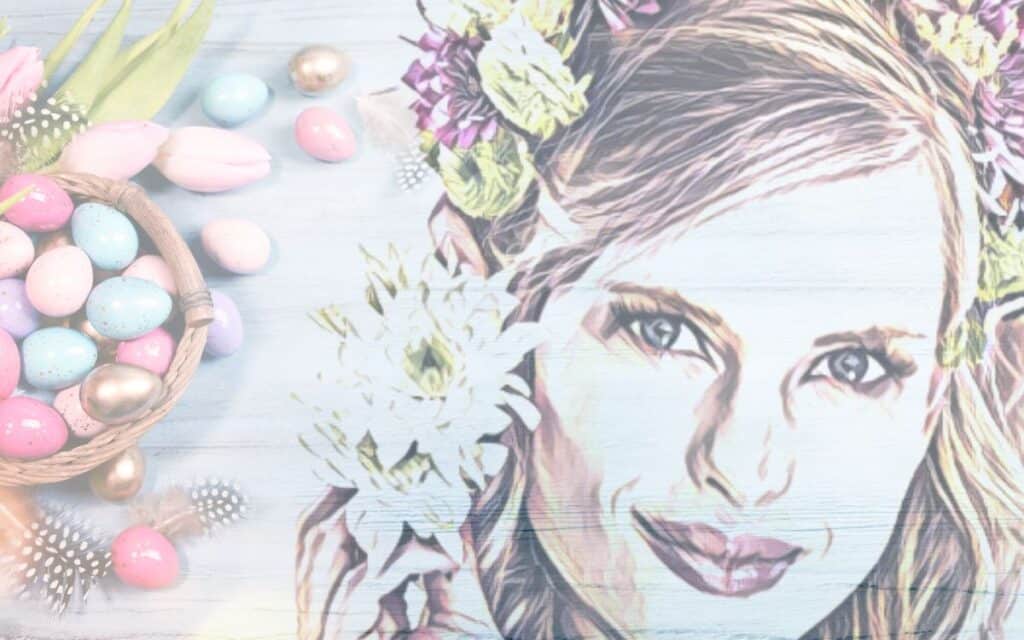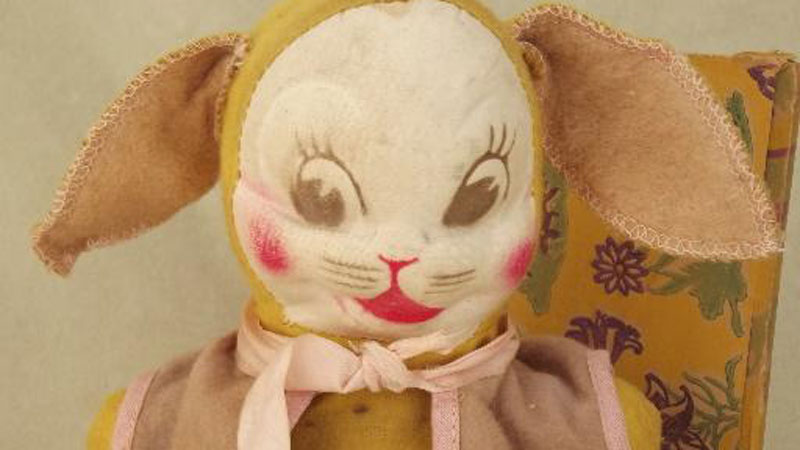Spring is a time of renewal and new beginnings, with Easter being one of the most important celebrations during this season. But have you ever wondered about the origins of Easter and its connection to the goddess Eostre? In this article, we will take a journey back in time and explore the fascinating world of Eostre, her role in mythology, and the impact she has had on modern-day celebrations.

Easter is a Christian holiday that commemorates the resurrection of Jesus Christ, which is celebrated on the first Sunday after the first full moon following the vernal equinox. However, before Christianity, many cultures and civilisations celebrated the arrival of spring and the return of fertility to the land. One of these cultures was the Anglo-Saxons, who worshipped the goddess Eostre.
Origins of Easter and Eostre
Eostre was a goddess of spring and fertility, who was often depicted holding a hare or an egg, both of which are symbols of new life and rebirth. She was also associated with dawn and the rising sun, which symbolised the return of light and warmth after the cold, dark winter.
In Anglo-Saxon mythology, Eostre was a prominent figure, and her worship was an important part of the spring equinox celebrations. She was often compared to other goddesses of spring and fertility, such as the Greek goddess Demeter and the Roman goddess Flora.
Eostre’s symbolism and influence can be seen in many Easter traditions today. The egg, which is a symbol of new life and rebirth, is still a prominent feature of Easter celebrations, and the Easter bunny, which was originally a hare, is also associated with Eostre.
Eostre’s role in pagan and Christian celebrations is also significant. As Christianity spread throughout Europe, many pagan traditions and beliefs were incorporated into Christian celebrations, including Easter. The name “Easter” is believed to have originated from the Old English word “Eostre”, which was the name of the goddess.
Eostre in British and Irish Literature
Eostre’s influence can also be seen in British and Irish culture, where she is often mentioned in poems and stories.
In modern-day celebrations, Eostre is still remembered and celebrated in pagan and neo-pagan communities, where she is worshipped as a goddess of fertility and spring.
Eostre’s name also appears in the works of St Bede the Venerable, an English monk and scholar who lived in the 7th and 8th centuries. In his book The Reckoning of Time, Bede describes the origins of the names of the months, including the month of April, which he says was named after Eostre.
Eostre’s influence can also be seen in modern-day literature, particularly in works of fantasy and mythology. For example, in Neil Gaiman’s book American Gods, the character Easter is depicted as a goddess of spring and rebirth, who is struggling to maintain her relevance in a world dominated by technology and consumerism.
Overall, Eostre’s influence on literature is profound and far-reaching, and her legacy continues to inspire writers and readers alike.
From the Old English poems of the Anglo-Saxon period to modern-day works of fantasy and mythology, Eostre’s name and symbolism serve as a reminder of the power and beauty of the natural world and the enduring traditions of our ancestors.





When you research skills fail! I hope the author realizes that Christians celebrated Easter centuries before English was even a language. Even if some pagan traditions were incorporated along the way the celebrations have a very different meaning.